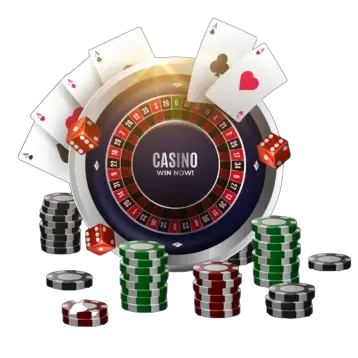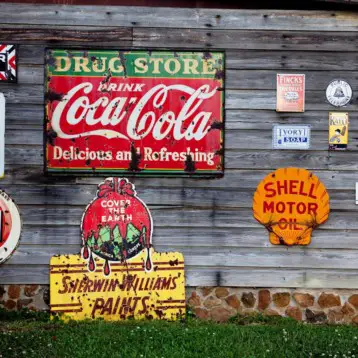![]()
What is Product Design Research?
Product design research is a body of knowledge that’s made by a small time in order to make a design in question. Usually, design research is the main foundation for
- Making models (such as representative workflows and personas) that need to be used throughout the design phase.
- Getting an objective understanding of technical opportunities and constraints.
- Discussing business goals that might affect product deployment and the features of the final product.
- Understanding your user’s needs.
Your design research phase has three main activities: domain/user research, competitive, and ideation. Following these three methods will ensure that there is a successful launch phase.
The length of each activity will depend on the difficulty and the complexity of the product. While more time is better, good product design research happens within a few days. But for larger enterprises that have multiple interfaces, your design research process can be a few weeks long.
An understanding of the user experience and research are fundamental concepts for designers for your team. In order to find an understanding of their research, the and the models that come from it, it’s easier to create a product that meets your user’s needs instead of your own needs.
Online Questions and Surveys
Questionnaires and surveys help the researcher find a large volume of responses which can help the company conduct more detailed analysis. While surveys are used to conduct quantitative research, they can be used for qualitative research as well. You can obtain qualitative data when asking open-ended questions such as (i.e., “What motivates you to purchase?” or “How do you feel about our customer service?”). The answers are individual in nature and can’t be used for quantitative analysis.
Also, online surveys are inexpensive to conduct. However, there’s no clear interaction between the respondents; this makes it impossible to obtain deeper answers provided by the survey respondents.
Competitive Research
Your company needs a comprehensive analysis of your competitor’s products and present the results in a comparable and clear way. Research helps your team identify opportunities and understand industry standards.
Competitors is a company that has similar goals and seeks the same thing your product team is wanting throughout the project. Here are two forms of competitors that your company will face.
- Direct Competitors: These competitors have a product that directly competes with your value proposition (they offer similar, or the same value proposition to the users using your product)
- Indirect Competitors: These are products that target your customer’s but don’t have the same value proposition. For example, your indirect competitor’s primary service or product won’t capture your company’s value proposition, but their second product does.
Ideation
Ideation is when your teammates brainstorm a range of ideas that help your project reach its goals. In this phase, you have to generate ideas but also find valid design assumptions.
There is a lot of techniques you can do for ideation, such as sketching (which helps visualize how the product works. And, to storyboarding (helps visualize the user’s interaction with your product). Find what ideation technique works for you and use it to help increase the efficiency of your product development.
What’s Next?
Now that you and your team has successfully found ideas to help design your product, you have to take time to ensure that they actually make the product. Make sure that they follow the steps and techniques found during the research phase so that the development stage is easier. Thus, keep your team organized and ready for producing your project so that it can be widely accepted by your audience.










